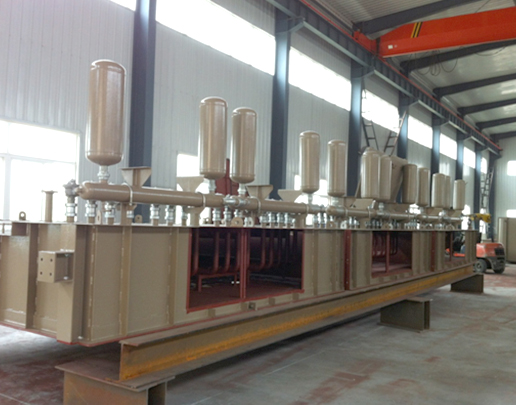Why do we choose Brinell hardness tester for hardness testing of castings
Brinell hardness tester shall be selected for hardness testing of castings in Dalian. Especially for gray iron castings with relatively large grains, Brinell hardness tester can only be used, and the test conditions of 3000kg force and 10mm ball shall be selected as far as possible. When the casting size is small, Rockwell hardness tester can also be selected. The reasons why Brinell hardness tester is preferred for hardness testing of castings are as follows:
a. Iron castings usually have uneven structure, large grains, and contain more carbon, silicon and other impurities than steel. The hardness varies in different small areas or at different points. However, the indenter size of the Brinell hardness tester is large and the indentation area is large, which can measure the average hardness of the material within a certain range. Therefore, the Brinell hardness tester has higher testing accuracy and less dispersion of the hardness value, and the measured hardness value can better represent the actual condition of the workpiece hardness. Therefore, Brinell hardness tester is widely used in foundry industry.
b. Tensile strength is the first mechanical property index of castings. Almost all casting standards have requirements on tensile strength. However, there is a close relationship between the Brinell hardness value and the tensile strength value of castings, and the two values can be converted to each other.
From the origin of metal casting to now, both at home and abroad, people in gravity casting to a large extent use molten metal, then pour it into the pre cast mold, with the help of self weight feeding and solidification of the metal, so as to obtain the designed castings. Whether it is black metal or non-ferrous metal, people still use the above methods to produce castings. Later, due to the hard exploration of casting work, many casting theories, viewpoints and methods were published. Nowadays, the most popular casting theories are "sequential solidification", "simultaneous solidification", as well as "directional" and "diffusion solidification".
Therefore, almost all foundry workers use these theories to guide teaching, design and produce their own castings. However, it is a pity that in many cases, although we seem to apply some of the above theories as guidance, in fact, the castings produced by ourselves have porosity, shrinkage cavity or poor internal structure compactness. Therefore, there is a problem here, that is, how to make the castings designed by ourselves obtain the ideal castings with dense internal structure after casting, that is, how to appropriately make the metal castings obtain the ideal feeding: that is, to reveal the feeding essence of the castings, so as to buy the feeding channel, and finally obtain the castings with dense internal structure, which is what this paper introduces“ θ "The theory of feeding angle.






